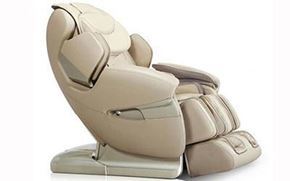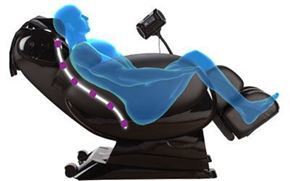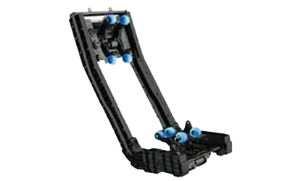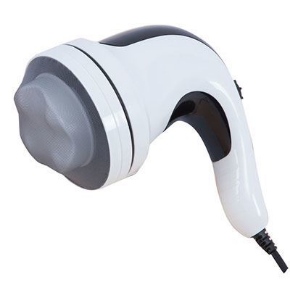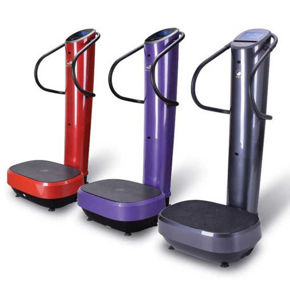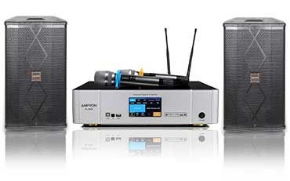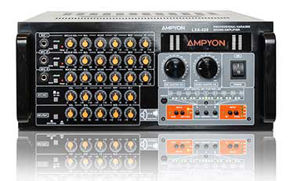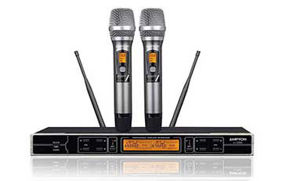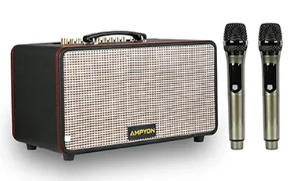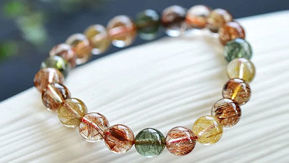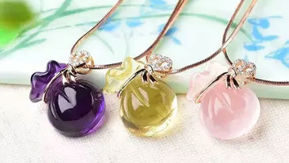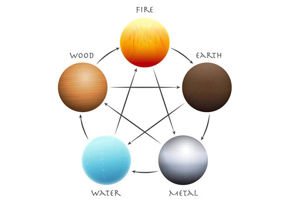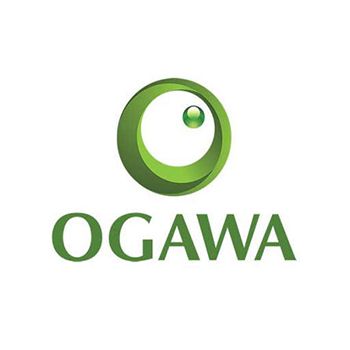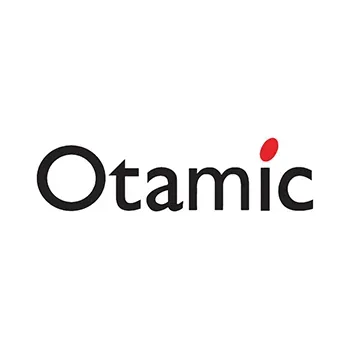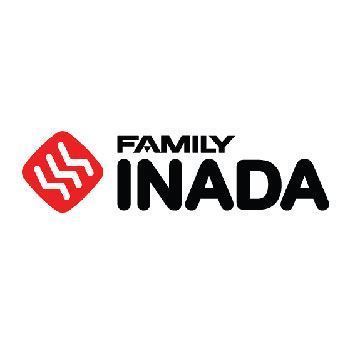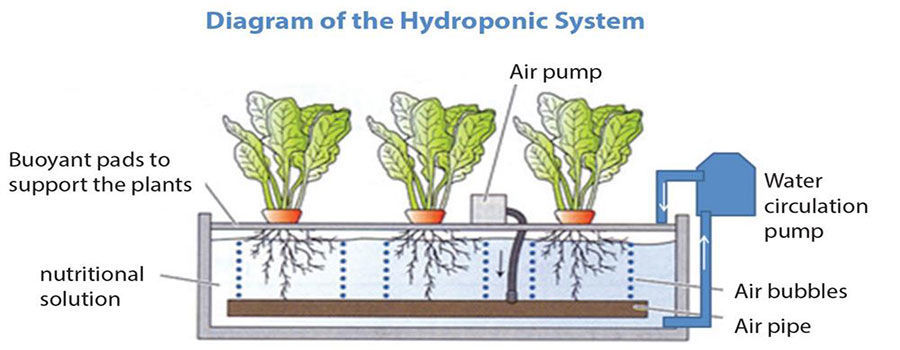
HYDROPONICS
Hydroponic gardening takes place when a liquid nutrient solution is used in growing plants. Simply put, hydroponic gardening involves growing plants without soil. Plants are grown using a nutrient solution instead of using soil. Remember, plants can only survive with their roots in:
ðMedium such as soil, rockwool, perlite or gravel.
ðMineral solution.
Hydroponics is now popular because of its number of unique benefits for gardeners. First, it saves cash since the gardener can recycle any water that is used. More so, since the nutrients are absorbed and controlled effectively by the gardener, the cost of fertilizer is greatly reduced. What's more in hydroponics, the yields of plants are quite high and stable.
Other than that, you will have fewer problems with plant pests and diseases as most of the plant pests and diseases are associated with the use of soil. Water, oxygen, minerals, light/sun, and carbon dioxide are basic requirements for all plants, plants grown using hydroponics acquire some of these needs but in an entirely different way than soil grown plants.
Maybe the best advantage of hydroponics is the fact that it can be practiced indoors, which implies that your gardening is not limited by the season and weather. Thus, you can grow strong and healthy plants during winter.
AEROPONICS
Aeroponics involves the suspension of plants in a semi-closed or closed environment and then spraying the roots of the plant with a nutrient-rich water solution. While the roots of the plant are beneath the plant support structure, the crown and leaves of the plant protrude above.
Aeroponics brings in a different approach to gardening compared to the traditional way of growing your plants with soil in a bed where it receives nutrients. With this technique, the plant is suspended in a container where the root of the plant is hung below. At this point, nutrient-rich water is misted through a tubing system onto the roots of the plant. This provides nutrients, life, and nourishment through the root to the entire plant without the need to be underground.
The fast growth of plants in an aeroponics environment makes it free of disease than they would if another medium were used. Aeroponics however, is most times combined with a hydroponics system as reinforcement in case the aeroponics system comes up short. Due to this process, you do not have the potential threats that are associated with traditional gardens. In aeroponics, there is no shortage of water, no damage to the plant via pest exposure, no root rot or even disease from the soil. All you have is completely healthy plants that produce healthy fruits and vegetables.
Just because it sounds technical doesn’t really mean it is. It is a simple process that can be carried out anywhere. It can be done in green houses, your backyard, and balconies. You don’t need skills and years of experience in vast areas of gardening before you can practice aeroponics. It is a process that can be learnt by anyone or taught to anyone who is eager to learn the technique and produce healthy fruits and vegetables.
The flexibility of this process is unmatched and it can be achieved without the issues that can take your crops away. If you feel aeroponics sounds like an incredible gardening system, don’t hesitate to give it a try and enjoy the many benefits attached to it. Aeroponics is not only a great process for those interested in producing tasty and healthy crops, it is also very easy to practice in any climate. With this gardening system you can produce tasty and healthy plants in any climate at any time of the year.
AQUAPONIC
Aquaponics is derived from the word “aquaculture” meaning cultivation of fish or other water based animals. This gardening system combines both aquatic and agricultural life. It uses water pump system that supplies water for both the plants in the grow beds and the fish in the fish tank.
Aquaponics is taking fish/water based animals and land plants to create an independent and controlled environment where fish, proteins, and vegetables can be harvested. A great source of nutrient in this gardening system is gotten from the waste materials coming from the fish. This nutrient is sufficient enough to make plants grow healthy and survivable.
So how do plants and fish cooperate to make aquaponics?
Well it’s quite easy, the fish produce essential nutrients from their waste which thusly feeds the plants; again, the plants feed the fish and finally, the bed filters the water through gravel or sand before sterilizing it. This chain creates a self sufficient environment for growth and development. It is convenient and effective because such an environment doesn’t require a lot of space or water. Fish and plants alike flourish and harvesting is made easy by cultivators or farmers.
Aquaponics works in a similar way as nature does; it takes the water from the lake/pond and pumps it to a tank where the water is sifted by sand or gravel for any solids. The filtered water is then pumped through trays to where the fish grow and then to the fish where the water gets nutrients. This provides food for the fish and the fish would be able to provide nutrient for the plants and the cycle starts over and over again. Most times, a little water must be added to compensate for water being used by the plants, however with everything taken into account, aquaponics is an effective way to grow local and nutritious foods.
DIFFERENCES BETWEEN HYDROPONICS, AEROPONICS, AND AQUAPONICS
- Growth
Hydroponics Grows Plants in Water
Hydroponics uses water to transport the nutrients as it requires no soil for its growth and development. Plants can be grown using sand, gravel or liquid. In hydroponic gardening, the source of nutrient is supplied by the water to the root system.
Aquaponics Grows Plants in Water and Breeds Fish

Aquaponics attached the breeding of fish to providing nutrients to growing plants. This makes aquaponics a well-balanced and controlled ecosystem that is mutually beneficial for the fish and plants.
Aeroponics Grows Plants in Water
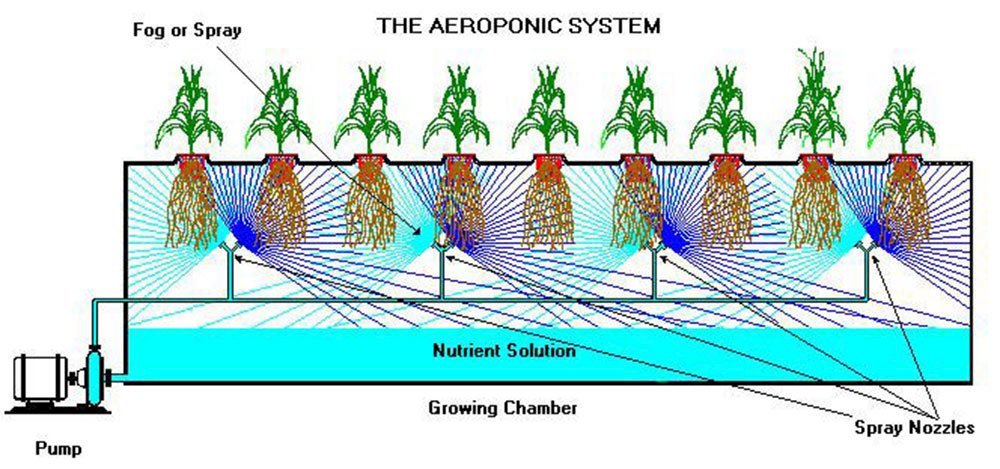
Aeroponics uses an air or mist environment to grow plants. Plants are grown without soil in a moist environment and these plants can be grown in tubes.
Basically, aeroponics suspends the plant in a semi-closed or closed environment and sprays nutrient-rich water on the roots. A drawback to this system is the exposure of the roots and pest issues if it’s not properly isolated.
- Pest and Diseases
Another difference between aquaponics, hydroponics, and aeroponics is that environment set-up. While in aeroponics, the plants grow through a semi-closed or closed area, the plants in hydroponics are cultured into an enclosed area (indoor). In aquaponics, the plants are grown in a settling tank where fishes are bred.
This setting makes hydroponics free from pests and diseases. The unrestricted environment in aeroponics makes them vulnerable to pests and diseases. The presence of fishes or other water based animals can also make aquaponics susceptible to diseases and pests.
- Nutrient
In hydroponic gardening, carbon dioxide and oxygen are supplied to the nutrient solution to enhance the uptake of nutrients by the root systems. This promotes healthy and faster growth of plants.
Unlike the conventional way of growing plants, the roots system of hydroponic and aeroponics plants don’t have to search for mineral and nutrients in soil. All the required minerals and nutrients are readily available to be sprayed or supplied to the root system.
Nonetheless, the water supply must be furnished with liquid fertilizers in the right amount to feed the plants carefully and regularly. These fertilizers are quite expensive since they are made from mined minerals which are not renewable.
Aquaponics take a complex and difficult approach. You have to feed the fish first before the fish produce wastes that’ll in turn feed the plants. This is why one of the biggest problems in aquaponics is disposing of fish waste and providing sufficient fresh water to the fish – since unclean water could be a home for diseases to infest on. Also, the fish are exposed to harmful chemicals in the water; this makes it difficult to affect the water parameters or use medications.
- Support
Most times, cultivators support hydroponic plants in trays or net pots filled with a rock wool, gravel, sand or perlite. This media is quite similar to the soil but these media does not provide any nutrient – they are there to offer support!
Aeroponic system requires no media; they employ plastic clips, foam sheets or boards to suspend the plants in space thereby exposing the roots.
No media are used in aquaponics as their source of nutrients resides in the tank.
- End Product
The end product of both hydroponic and aeroponics system of gardening is mere plants – healthy and strong ones. But in aquaponics, you get double benefits of both harvesting healthy plants and fishes/water based animals.
These are the major differences between hydroponic, aeroponic, and aquaponic systems of gardening. I hope you have a better understanding now!

